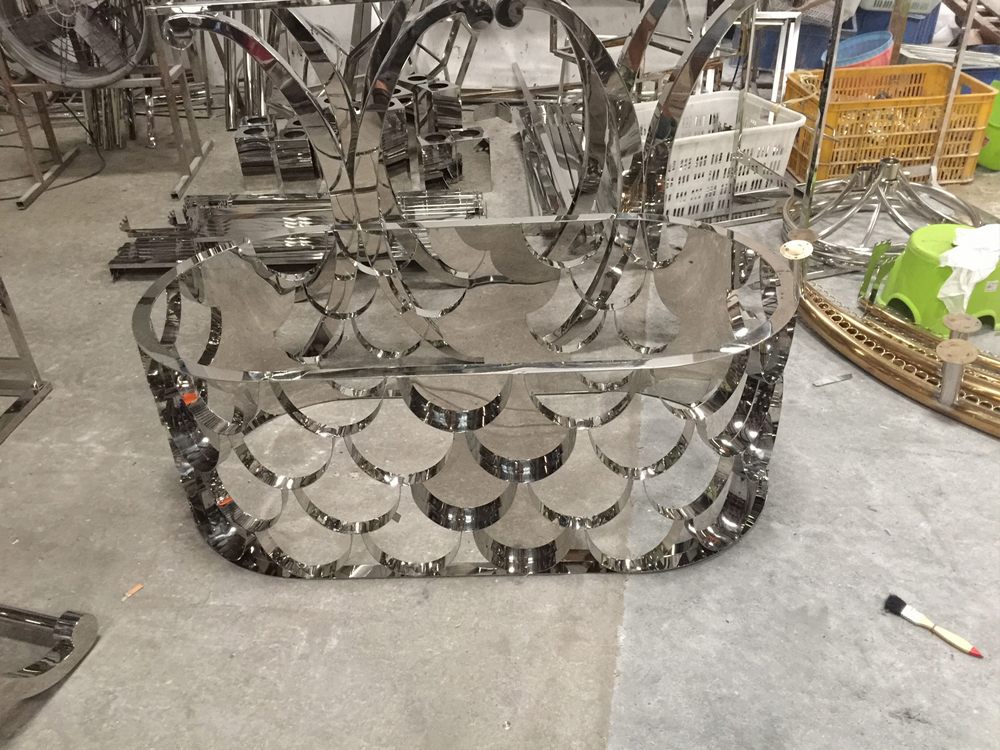
The art of transforming cold, rigid stone into seemingly fluid, dynamic figures has fascinated audiences for centuries. Master sculptors employ a variety of techniques to breathe life into their stationary creations. One fundamental method involves carefully studying and replicating the human body in motion. By capturing weight shifts, muscle tension, and directional lines, artists suggest impending action even in still stone.
Michelangelo's "David" exemplifies this principle perfectly. The slight twist in the torso, the tensed right hand, and the alert gaze all combine to suggest the moment before action. Similarly, Bernini's "Apollo and Daphne" uses flowing drapery and extended limbs to create a sense of frantic motion frozen in marble.
Sculptors also manipulate visual perception through strategic carving. Undulating surfaces catch light differently, creating shadows that change with the viewer's perspective. Deep undercuts and overlapping elements produce depth that enhances the sense of movement. The direction of chisel marks can further imply motion, with visible tool strokes often following the imagined path of movement.
Contemporary artists continue pushing these boundaries, sometimes incorporating actual kinetic elements or optical illusions. Yet the core principle remains: through profound understanding of anatomy, physics, and visual perception, artists convince our eyes that stone can indeed move.

